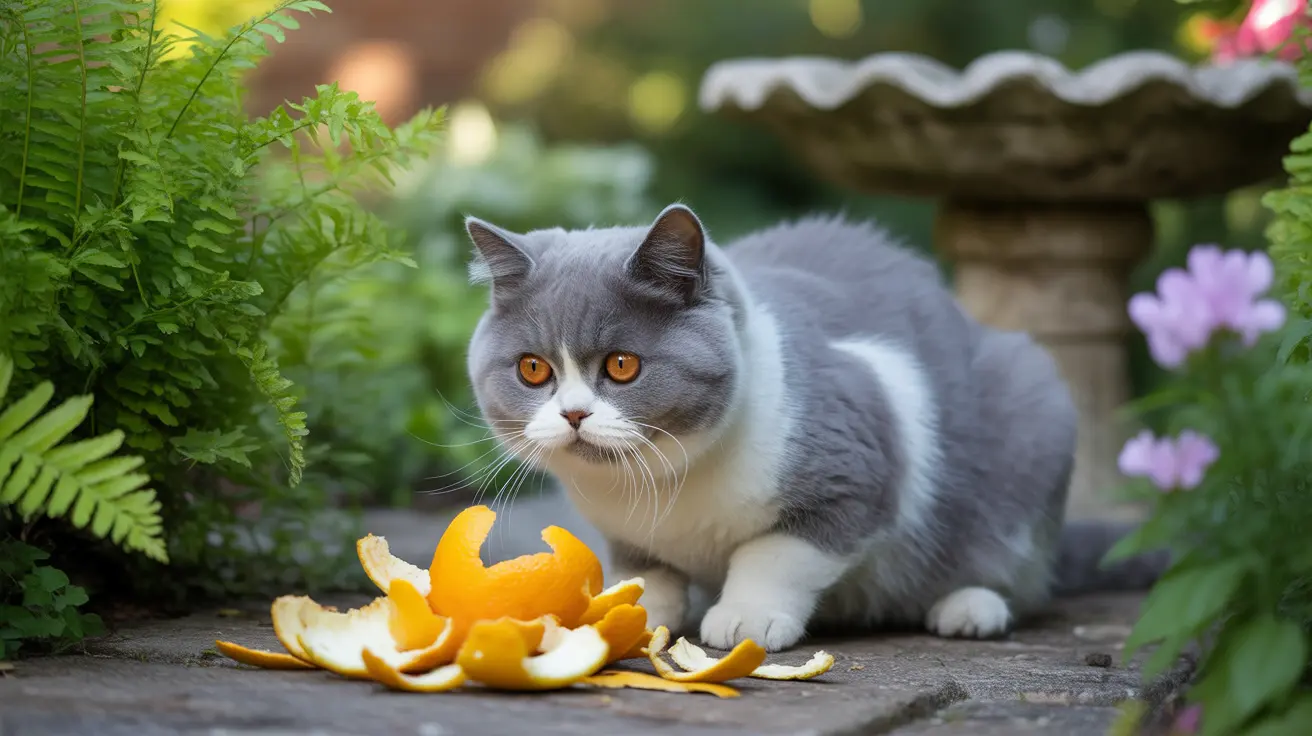The Dangers of Using Mothballs as Cat Deterrents
Mothballs contain highly toxic chemicals like naphthalene or paradichlorobenzene that can cause severe illness or death in cats, other pets, and wildlife. These pesticides weren't designed for outdoor use or as animal deterrents - they're specifically meant for enclosed spaces to protect fabrics from moths.
Even brief exposure to mothball vapors can cause serious health issues in cats, including:
- Severe vomiting and nausea
- Anemia
- Lethargy and weakness
- Neurological problems
- Organ failure
- Death
Environmental Impact and Legal Concerns
Beyond the immediate danger to animals, mothballs pose significant environmental risks. When placed outdoors, these toxic chemicals can:
- Contaminate soil and groundwater
- Harm beneficial garden insects and wildlife
- Create toxic vapors that endanger human health
- Persist in the environment for extended periods
- Violate EPA regulations regarding proper mothball use
Safe and Effective Alternatives to Mothballs
Physical Deterrents
Instead of harmful chemicals, consider these safe physical barriers:
- Motion-activated sprinklers
- Plastic spike strips or roller-top fencing
- Chicken wire or netting over soil
- Rough mulch or stone ground covers
Natural Repellents
Many natural solutions effectively deter cats without causing harm:
- Citrus peels and oils
- Commercial pet-safe repellent sprays
- Plant-based deterrents like lavender or Coleus canina
- Coffee grounds or citrus mulch
Creating a Cat-Proof Garden
A comprehensive approach to deterring cats includes:
- Regular cleanup of any existing cat waste
- Removing attractive digging areas
- Installing physical barriers around garden beds
- Using multiple deterrent methods simultaneously
- Maintaining consistent application of repellents
Addressing the Root Cause
For long-term success, consider these broader solutions:
- Supporting local TNR (Trap-Neuter-Return) programs
- Communicating with neighbors about outdoor cats
- Creating designated outdoor cat areas away from gardens
- Working with local animal welfare organizations
Frequently Asked Questions
Are mothballs safe and effective for keeping cats out of my garden?
No, mothballs are extremely dangerous and illegal to use as outdoor deterrents. They contain toxic chemicals that can cause severe illness or death in cats, other animals, and potentially harm humans.
What health risks do mothballs pose to cats if used outdoors?
Mothballs can cause severe poisoning in cats, leading to symptoms including vomiting, anemia, lethargy, neurological problems, and potentially death. Even inhaling the vapors can be harmful.
What legal restrictions exist on using mothballs as cat deterrents in yards?
The EPA strictly regulates mothball use, limiting them to enclosed containers with fabric only. Using them outdoors as animal deterrents is illegal in many areas and can result in fines.
What are some safe and humane alternatives to mothballs for deterring cats?
Safe alternatives include motion-activated sprinklers, physical barriers, natural repellents like citrus peels, commercial pet-safe deterrent sprays, and plant-based solutions.
How can I naturally prevent cats from using my garden as a litter box without harming them?
Use a combination of physical barriers, natural repellents, and regular maintenance. Install motion-activated sprinklers, lay down rough mulch, plant cat-deterrent plants, and maintain consistent cleanup of any waste.






